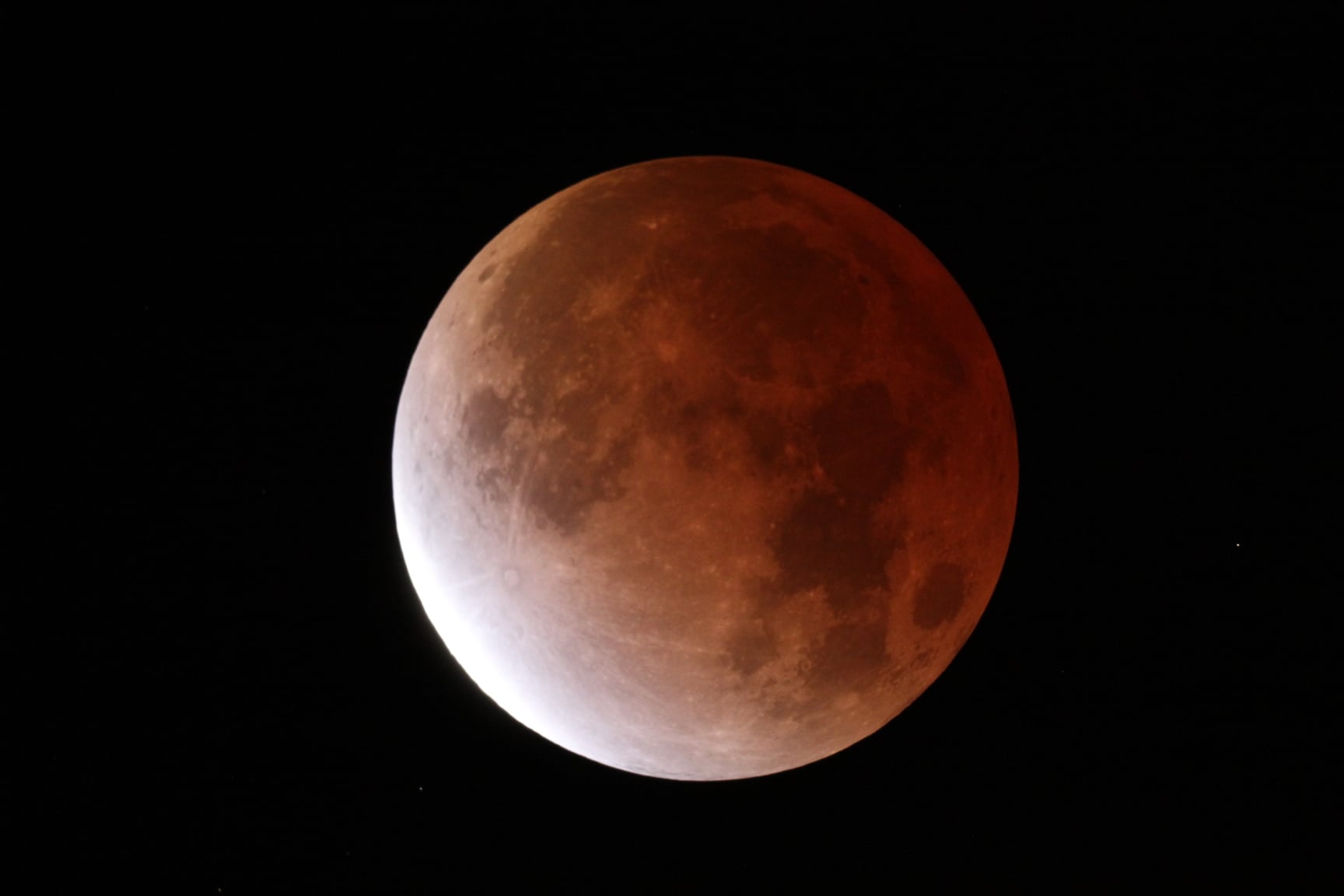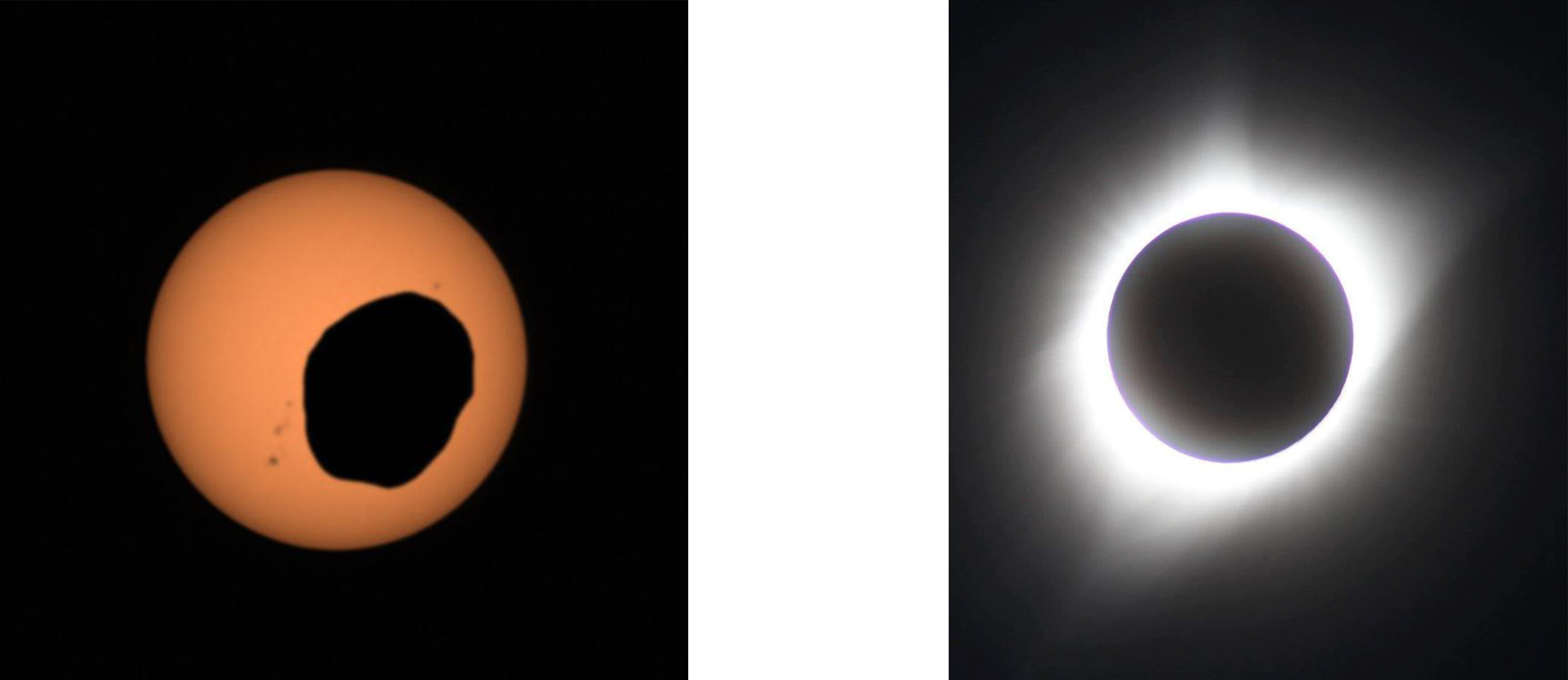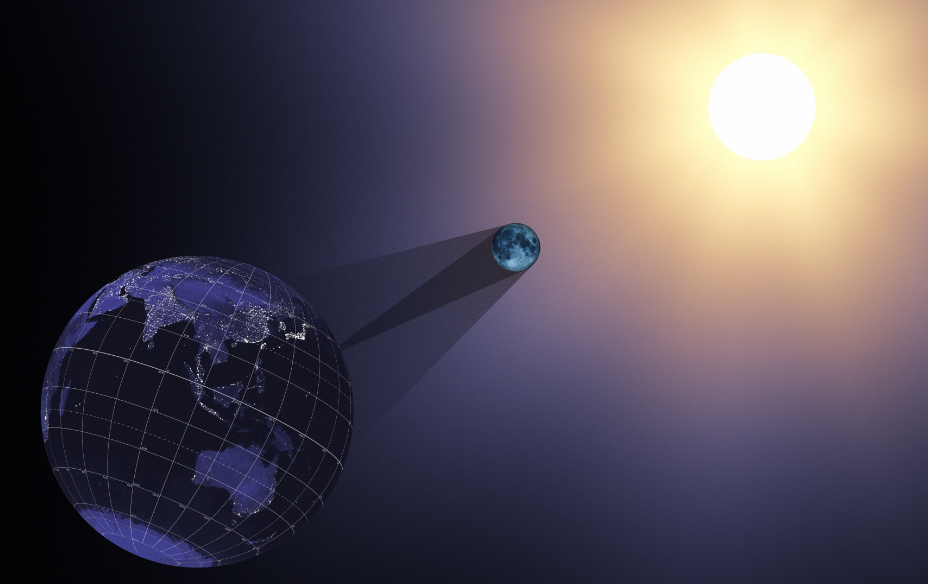THE APRIL 8 SOLAR ECLIPSE PART I: WHY THE MAGIC HAPPENS
As of March 1st, it will be just 38 days until the next solar eclipse, taking place on April 8th. As I write this, the eclipse is getting increasing media attention, as well it should. There will not be another total eclipse widely visible from the contiguous United States until August 12, 2045. Short eclipses will be glimpsed from parts of Alaska in 2033 and North Dakota, South Dakota, and Montana in 2044. I have been fortunate enough to view four total solar eclipses in five attempts, succeeding from Mazatlán, Mexico in 1991, Lusaka, Zambia in 2001, South Australia in 2002, and from the middle of Wyoming in 2017. I was unfortunately clouded out in Cornwall, England in 1999. Other than my wedding and the birth of my children, I count these eclipses as the most exciting moments of my life.
Since the April 8, 2024 eclipse is so special, I am planning to devote three editions of this usually monthly blog to it. This post explains how solar eclipses happen, while the next one, coming out about March 15th, will provide information on where to go see “the Big One.” Finally, the April edition, due out around the 1st, will discuss how to safely view totality.
The term “Syzygy” and the number “400” are central to my story. One of my favorite words, syzygy is defined as the lineup of three celestial objects. I also like how it rolls off the tongue- it is pronounced “sih-zih-gee.” Of course, the three bodies that line up for eclipses are the Sun, Moon, and Earth. All three are more or less in the same plane, but not exactly- an important fact as we will see shortly. As everyone knows, the Earth takes about 365 days to orbit the Sun (the year) and the Moon 27.3 days to orbit the Earth. Because the Earth has moved during these days, it takes about another two days for the Moon to catch up, which is why months are about 30 days long. Therefore, each month, the Moon passes more or less between the Earth and Sun, which is called “New Moon.” It is invisible to the naked eye, as its lit side is facing the Sun and dark side facing the Earth. About two weeks later, the reverse occurs and the Moon appears Full, with the Earth more or less between the Moon and Sun.
The question that comes to mind is “Why aren’t there eclipses of the Sun and Moon every month?” The reason is the third dimension- the Moon’s orbit is tipped relative to the plane of the Earth and Sun. As shown below, usually the Moon appears above or below the plane when New or Full, and its shadow misses the Earth. However, in its orbit around the Earth, twice a month, the Moon passes through the Earth-Sun plane- called the node. If the Moon passes through the node at nearly the same time as it is New or Full, there will be an eclipse! The more exact the lineup and timing, the more total an eclipse appears to be.

The moon casts a shadow into space, usually missing above or below the Earth, but sometimes right onto our planet, causing an eclipse.
When the Moon passes between the Earth and Sun, there can be a solar eclipse, as seen above. Conversely, when the Earth passes between the Moon and Sun, it is the Earth that casts its shadow on the Moon, causing a lunar eclipse. Some sunlight filters around the edge of the Earth and faintly illuminates the Moon, usually causing it to appear a somewhat orange color, often called the “Blood Moon.” Lunar eclipses are quite common as the Earth casts a large shadow, so that the event is visible from any place that the Moon is above the horizon.

Our Sky Ranger captured this image of the “Blood Moon” in November 2021

Comparative eclipses, as seen from Mars (courtesy NASA) and Earth (NPS photo/RF) The weird potato-like shape is the silhouette of Mars’ moon Phobos along with some sunspots, as seen by the Curiosity Rover.

The geometry of solar eclipses. Courtesy of www.greatamericaneclipse.org
The other thing that makes eclipses rare if the fact that the Moon, only about a quarter the size of the Earth, is about a quarter of a million miles away, and thus casts a rather small umbral shadow on Earth, as can be seen in the diagram above. Totality is seen only from the small spot where the point of the umbra touches the Earth- on April 8, this area is at most 122 miles wide. Elsewhere, the eclipse is partial. Since the moon’s shadow will move at a speed of about 1,500 miles per hour, totality lasts at most 4 minutes, 28 seconds in any one spot during this eclipse, following a path that begins in the Pacific Ocean and then moves southwest to northeast through Mexico, the United States and Canada before reaching the Atlantic Ocean. On average, totality is visible from any one spot on Earth once every 375 years, but the lucky folks near Carbondale, Illinois got to see it on August 21, 2017 and will again on April 8.
In my next blog post, coming around March 15, I plan to discuss why you should travel to totality, and suggest where you should go to view this amazing and rare event.
Gateway Arch National Park will offer two Eclipse Education programs this March. The first will take place on March 10 at 2 pm and is designed for children 4-13 years of age and their families. The kids can earn a special Junior Ranger Eclipse Explorer badge at this program. On March 23, Missouri Eclipse Task Force leader Don Ficken will discuss the eclipse in a program meant for general audiences. Both programs will take place in Tucker Theater inside the Gateway Arch Visitor Center and are free of charge. Eclipse glasses will be available at both programs, and weather permitting, safe solar telescope viewing will take place on our Entrance Plaza following these presentations. Reservations are recommended- call 314-655-1704 or e-mail richard_fefferman@nps.gov to RSVP.
